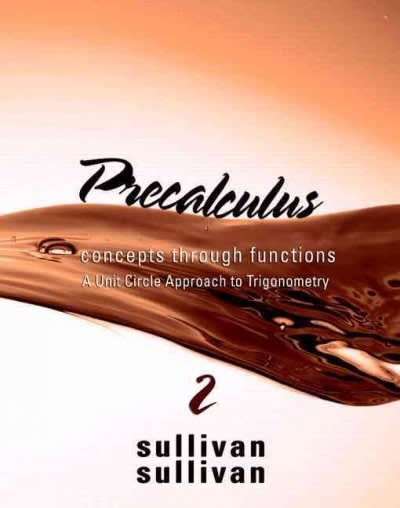Question
How can I turn this information into an implicit differentiation problem that needs to be solved? For example, let's say that we have a patient
How can I turn this information into an implicit differentiation problem that needs to be solved?
For example, let's say that we have a patient who weighs 50 kg and is taking a drug that has a half-life of 10 hours. We know that the initial dose of the drug is 0.5 mg/kg. 5 hours after the patient takes the initial dose, the concentration of the drug in their blood will be halved. This means that the concentration of the drug at t=5 will be 0.25 mg/kg. We can use implicit differentiation to find the derivative of the concentration of the drug with respect to time. This will give us the following equation:
dC/dt = -0.5*C
where C is the concentration of the drug at time t.
We can use this equation to find the concentration of the drug at any time t. For example, if we want to find the concentration of the drug at t=10, we can plug in t=10 into the equation and solve for C. This gives us the following equation:
C = 0.25*e^(-10)
This means that the concentration of the drug at t=10 will be 0.25*e^(-10) mg/kg.
We can use this equation to find the correct dosage of the drug for the patient. We know that the initial dose of the drug is 0.5 mg/kg. In order to maintain a constant concentration of the drug in the blood, the patient would need to take another dose 5 hours after the first dose. This means that the patient would need to take a dose of 0.5*e^(-5) mg/kg.
Step by Step Solution
There are 3 Steps involved in it
Step: 1

Get Instant Access to Expert-Tailored Solutions
See step-by-step solutions with expert insights and AI powered tools for academic success
Step: 2

Step: 3

Ace Your Homework with AI
Get the answers you need in no time with our AI-driven, step-by-step assistance
Get Started


